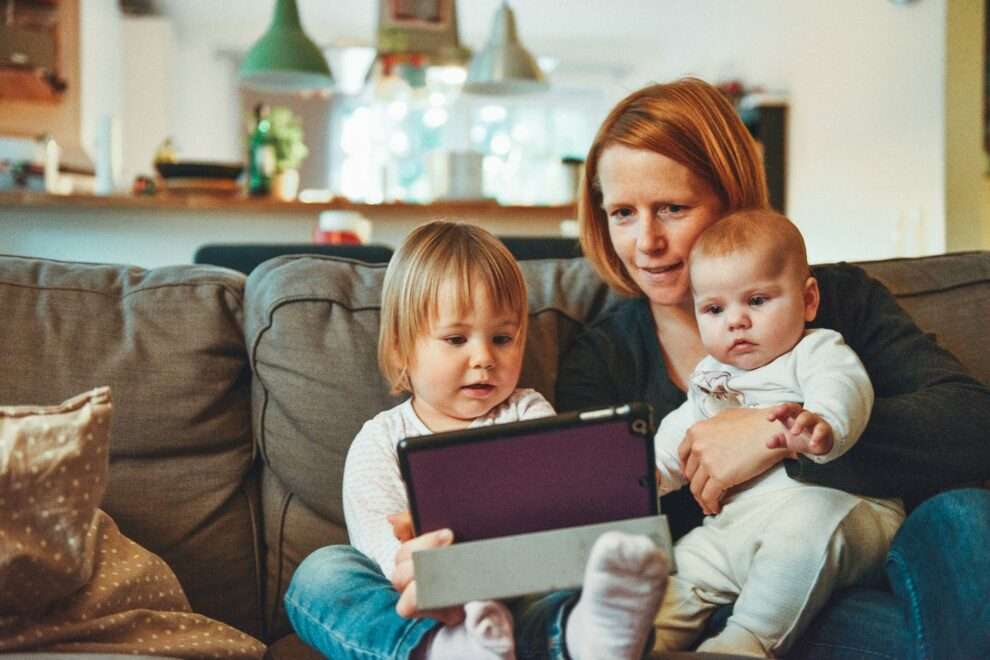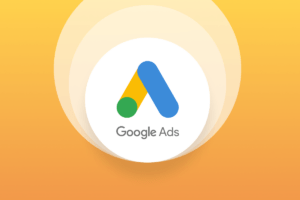In a move aimed at enhancing child safety online, Google has announced plans to test a machine learning-based age estimation model on YouTube. This innovative approach seeks to predict whether users are under 18 and apply appropriate age filter settings to their accounts. The initiative is part of Google’s broader efforts to provide more age-appropriate experiences and protections for younger viewers.
The Need for Age Verification
YouTube, like many online platforms, faces challenges in ensuring that content is appropriately filtered based on users’ ages. Children and teenagers often attempt to bypass age restrictions by misrepresenting their age, which can expose them to inappropriate content. This new model aims to address this issue by using machine learning to estimate a user’s age based on their activity on the platform.
How the Model Works
The machine learning-based age estimation model will analyze various data points, such as the types of information users search for, the categories of videos they watch, and the age of their accounts. For example, if a user frequently searches for information about mortgage lending or taxes, the model might predict that the user is over 18. Similarly, an account that is over 20 years old would likely be categorized as belonging to an adult.
Implementation and Rollout
Google plans to begin testing the age estimation model later this year, with a global rollout expected in 2026. The model will initially be tested in the United States, with plans to expand to other countries over time. If the model predicts that a user is under 18, YouTube will apply its standard protections, such as blocking explicit content and applying age filters to search results.
Additional Safety Measures
In addition to the age estimation model, Google has announced several other child safety measures. These include the rollout of the School Time feature to Android phones and tablets, which allows parents to control what phone features and apps their children can use during school hours. Google’s Family Link parental controls app will also be updated to allow parents to approve or deny contacts for their children’s devices.
Industry Trends
Google is not alone in its efforts to use AI for age verification. Last year, Meta introduced a similar system on Instagram to prevent minors from posing as adults. These initiatives reflect a growing trend among tech companies to leverage AI for enhancing online safety and providing more tailored experiences for users.
Potential Challenges
While the age estimation model holds promise for improving child safety on YouTube, it also presents potential challenges. False positives, where the model incorrectly categorizes an adult user as a child, could lead to unnecessary restrictions. Additionally, there is a risk that child predators could find ways to manipulate the model to appear as children.
Google’s introduction of a machine learning-based age estimation model on YouTube represents a significant step towards enhancing child safety online. By leveraging AI to estimate users’ ages and apply appropriate age filters, Google aims to provide a safer and more age-appropriate experience for younger viewers. As the model undergoes testing and eventual rollout, it will be interesting to see how it performs and whether it can effectively address the challenges of age verification on a large scale.
What are your thoughts on this new approach to age verification on YouTube?
















Add Comment